Even a slight jog gives your muscles a workout, and many doctors recommend stretching those muscles both before and after exercise. Exercise can shorten a person's muscles, decreasing mobility over time. Stretching keeps the muscles in the body flexible, so that the muscles and joints are at their fullest range of motion.
Most doctors also recommend that you warm up before stretching and running. Muscles respond better to the stress the body puts on them when they've been warmed up. Warming up can be as simple as walking for five to 10 minutes, just enough to get the blood flowing through the body. Here are the 10 crucial muscle areas for runners and the stretches you need to keep them healthy.
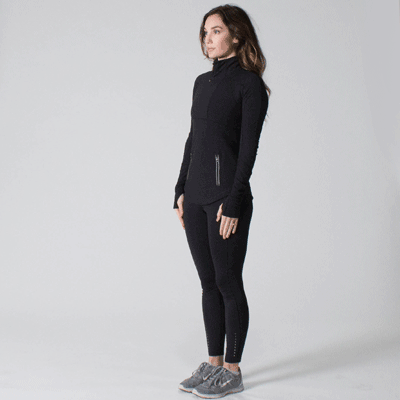
Often referred to as your quads, your quadriceps femoris muscle covers most of the front and sides of your thighs. Stretching your quadriceps is extra important if you are running up or down hills. To stretch them:
- Stand upright and pull your leg behind you with the corresponding hand.
- Tuck your pelvis and pull your shin toward your thigh.
- Keep your knee pointing downward as you do this stretch to protect your knee joint.
- Hold for at least 30 seconds, then switch sides.
You can also use a chair to balance yourself. This stretch should be felt in the front of your thigh, and from your hip down to your knee.
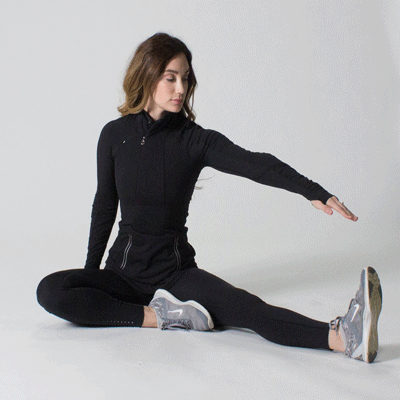
Your hamstrings make up the back part of your thigh, stretching from the hip to the knee. For this stretch:
- Sit on the ground and extend your left leg.
- Move your right foot toward your inner thigh, so that it touches the top part of your left leg, if possible.
- Lean forward, bending but not rounding your back and waist toward the left foot as if reaching for your toes.
- Hold for at least 30 seconds.
- Repeat with the other leg.
Be careful not to pull back your toe during this stretch. You should feel it in the back of your leg, from your knees to your buttocks.
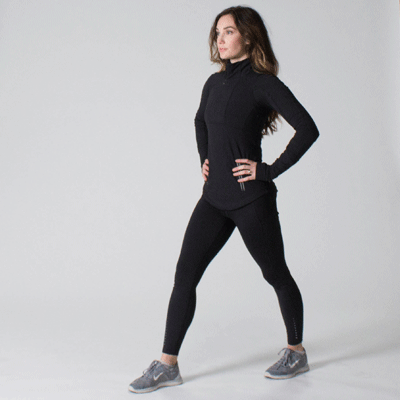
Your calf muscles on the back of your lower legs are a key area to pay attention to after a run. Poor calf stretching can make soreness and injury more likely.
To stretch your calf muscles:
- Stand with your right foot behind your left.
- Bend your left leg forward while keeping your right leg straight.
- Be sure not to bend the right knee and to keep your right foot firmly on the ground, pointing straight ahead.
- Straighten your back and hold the pose for at least 30 seconds.
- Repeat with the other leg.
You should feel this stretch anywhere from the back of your knee down to your ankle.
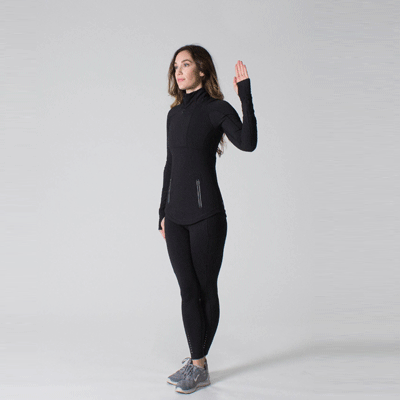
Your body's iliotibial band, or ITB for short, runs on the outside of your thigh between your hip and shin. New runners who push themselves too hard can easily injure this area.
To do this stretch:
- Stand near a wall or something you can use to balance yourself.
- Cross your left ankle behind your right ankle.
- While balancing with your right arm, stretch your left arm over your head.
- Lean forward and reach toward your right side.
- Hold for at least 30 seconds and repeat with the other leg.
When your left ankle is crossed behind your right ankle, and you’re leaning toward the right, you will feel the stretch in your left leg.
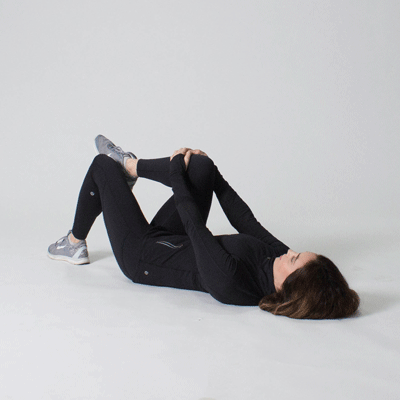
The piriformis is a muscle in the gluteal region that helps stabilize the hip and pelvis. You use this muscle every time you take a step.
To stretch the piriformis:
- Lie on your back with both of your knees bent and feet flat on the floor.
- Pull your right knee up to your chest.
- Grasp your knee with your left hand and pull it up toward your left shoulder.
- Hold for 10-20 seconds and then repeat on the other side.
You should feel this stretch in the buttocks and near your hip.
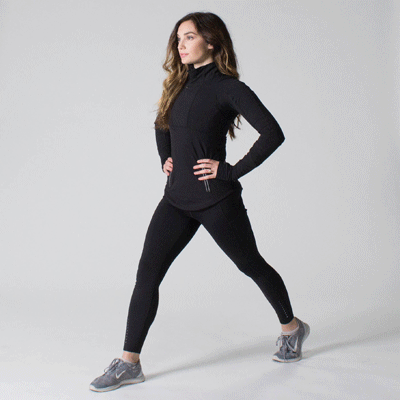
The psoas (pronounced “so-az”) muscle is on the front of your spine and connects the lower back to the upper thigh.
To stretch this muscle:
- Start by putting your right foot forward so that you are in a lunge.
- Keep your chest and shoulders upright and push your pelvis back, and tighten your buttocks.
- Lean forward slightly until you feel a stretch, and hold for at least 30 seconds.
- Switch sides.
You should feel the stretch on the front of your hip on your back leg.
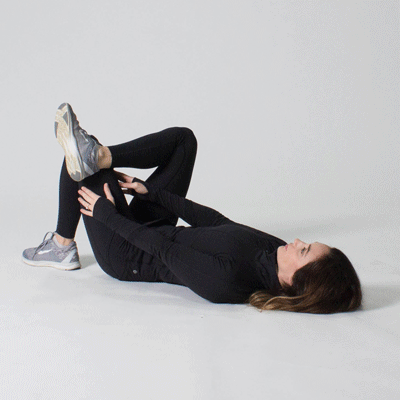
The body's gluteal muscles, or “glutes” as they are commonly called, make up the buttocks, and play a vital role for runners. Strengthening and stretching your gluteal muscles is important for improving your running performance.
To do this stretch:
- Lie on your back with knees bent and feet flat on the floor.
- Cross your right ankle over your left knee.
- Grab behind your left knee and bring your leg toward your chest.
- Hold for at least 30 seconds, then switch sides.
You should feel the stretch in your buttocks.
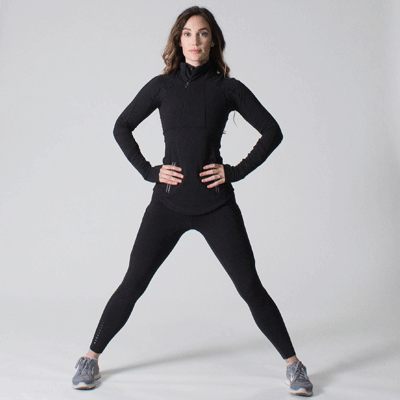
Your groin area refers to the part of your body between your stomach and thigh, in the general hip area. To stretch your groin:
- Stand with your feet spread apart in a wide stance.
- Without moving your left leg, lean to the right and bend your right knee until you feel a stretch.
- Hold for 10-20 seconds, then switch sides.
You should feel a stretch in your inner thigh.
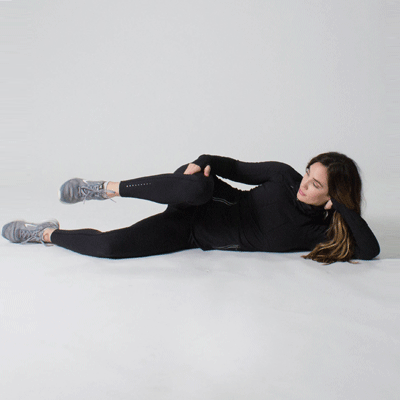
Harder running surfaces, like sidewalks, place additional stress on the spine and can cause tightness and pain.
To stretch your entire spine:
- Lie down on your left side.
- Keep your left leg straight and bend your right knee so that your leg touches your chest.
- Rotate your right leg until your knee is touching the ground in front of your left leg.
- Rotate your right arm, head, and upper back to the right until you feel a stretch.
- Hold for 10-20 seconds and repeat on the opposite side.
You should feel a stretch in your spine.
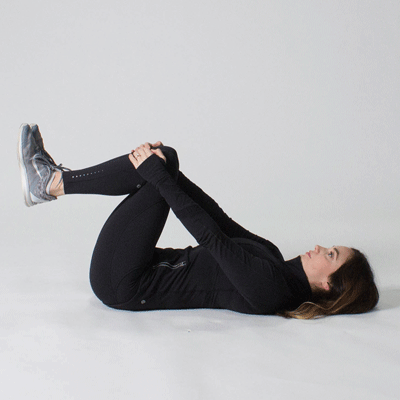
The lower back area is another part of the body that runners should be aware of. To stretch your lower back:
- Lie on your back.
- Grab both of your knees and pull them up to your chest until you feel a stretch.
- Hold for 20 seconds.
If you have any pain while performing the stretch, you should stop immediately. It is important to understand the difference between feeling a “stretch” and feeling pain. Stretches should feel like something you can hold for 30 seconds comfortably.
Answers represent the opinions of our medical experts. All content is strictly informational and should not be considered medical advice.
Original article and pictures take d3otfkap419ijo.cloudfront.net site
Комментариев нет:
Отправить комментарий